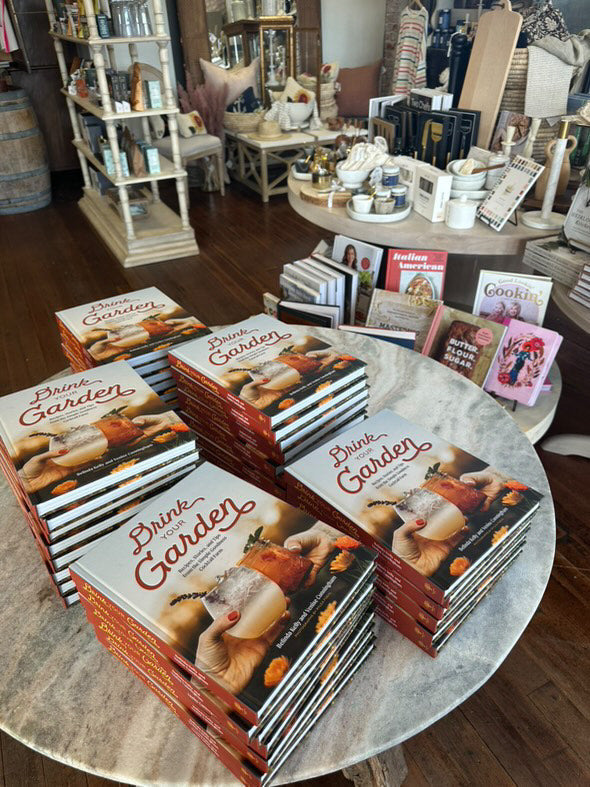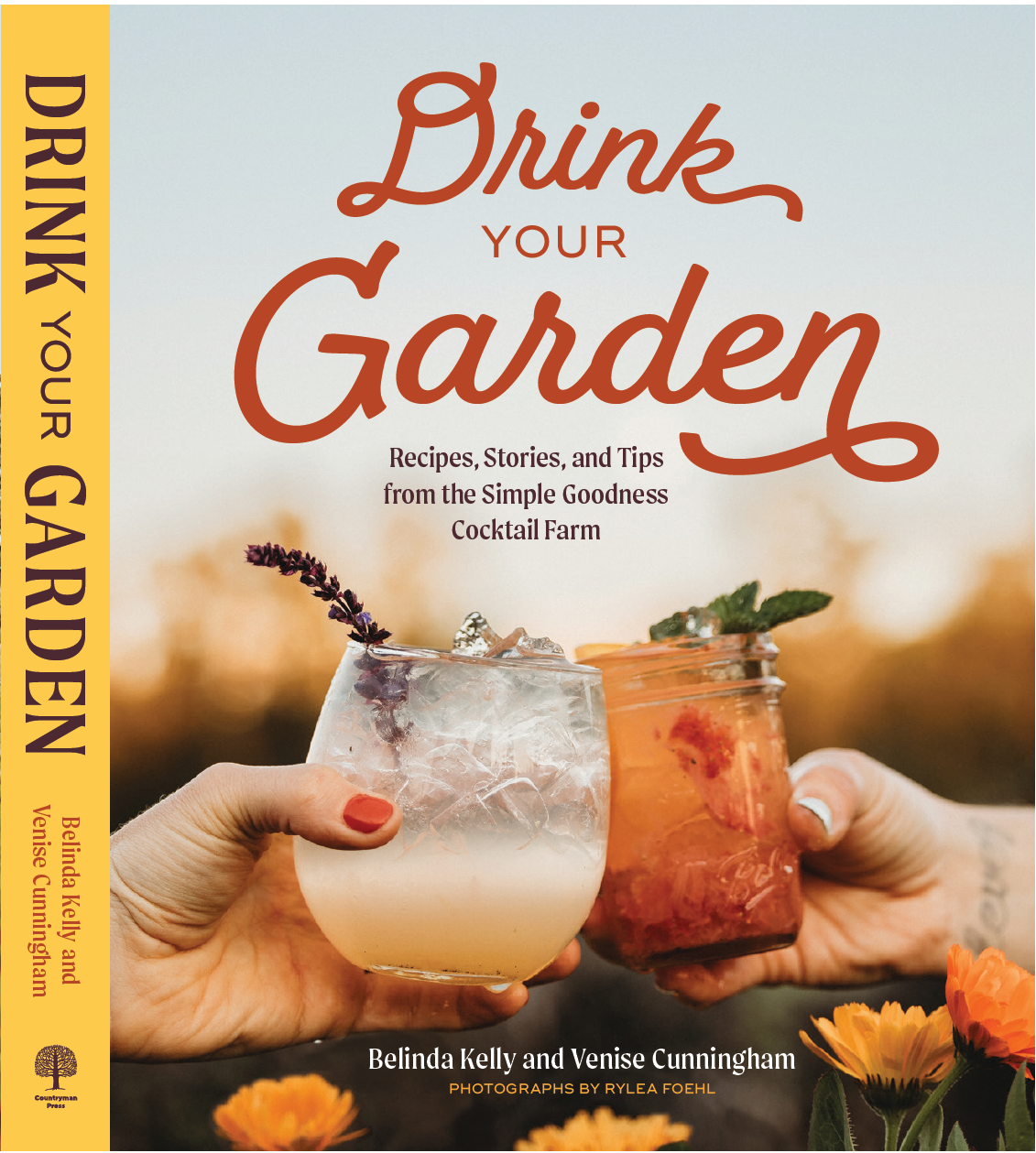These flowers and herbs are workhorses in the cocktail garden, and while you may not have thought about planting them to use in drinks, they are versatile for use in beverages. We've chosen them for their easy of growing, use, prolific yields, and uniqueness in the cocktail garden. For each plant, we've included information on how to grow the plant, craft drink ingredients using the plants, muddle the plant into drinks (if appropriate), and use the plants for garnishes on cocktails. The 6 plants are perfect for growing your own garden to glass cocktails and mocktails!
Have questions? Find us on social or email us through the contact form here on our site and we'll help you out.
Want to learn more? We also have a Garden to Glass full book (available as an ebook as well) on more plants to grow in a cocktail garden.




